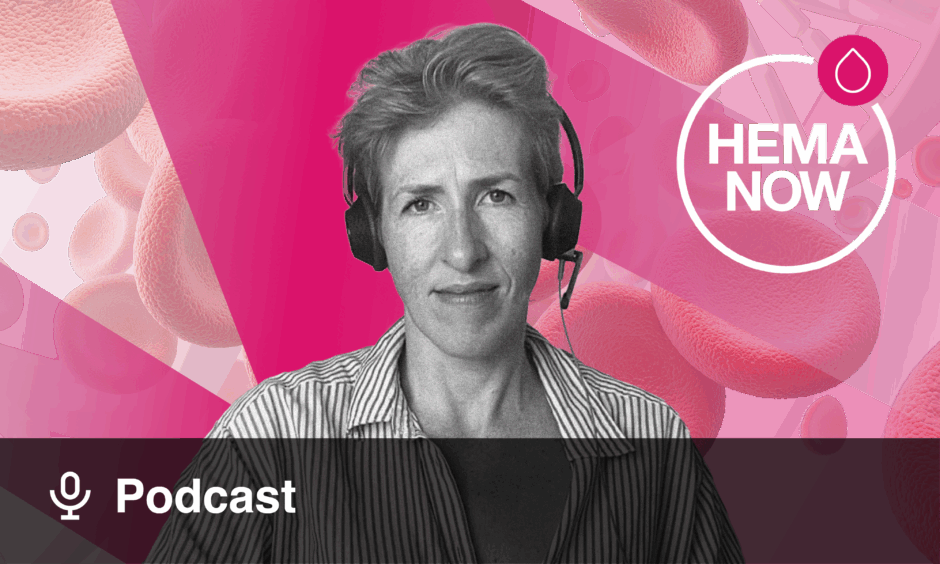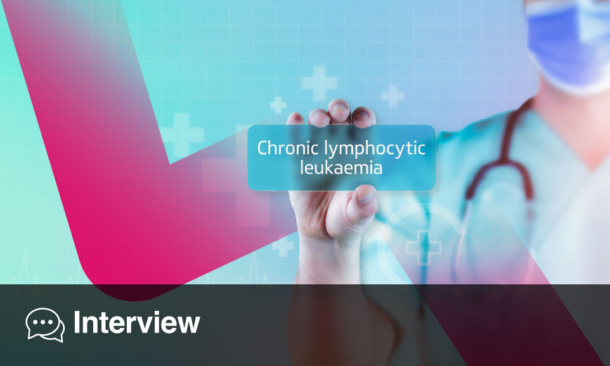CHILDREN with relapsed or treatment-resistant T cell acute lymphoblastic leukaemia (R/R T-ALL) face poor survival odds, with current therapies offering limited success. Now, researchers are emphasizing the urgent need for precision medicine approaches that target the complex biology of the disease.
Unlike more common forms of leukaemia, T-ALL is marked by high genetic and molecular diversity, along with resistance that can vary by organ, including the central nervous system. This complexity contributes to the challenge of treating R/R T-ALL, where survival rates often fall below 25 percent.
In a new review, scientists highlight promising therapies tailored to specific disease drivers. These include targeted drugs like proteasome inhibitors, BCL-2 antagonists, and kinase inhibitors such as JAK, ABL, SRC, MEK, and PI3K-mTOR blockers, depending on the patient’s molecular profile. Agents that affect MYC signalling, DNA methylation, or RNA splicing are also under investigation.
Immunotherapies are advancing rapidly. CAR T cell therapies targeting CD7, along with biologic agents against CD38 and other markers, are currently in development and early trials.
Experts stress that these therapies must be combined strategically based on a child’s individual disease characteristics. They also point to the potential of artificial intelligence and machine learning to accelerate discovery, improve risk stratification, and guide personalised treatment plans.
As research evolves, precision medicine offers renewed hope for improving outcomes in children with this aggressive and hard-to-treat form of leukaemia.
Reference
Amaral P et al. Underlying biology, challenges and emergent concepts in the treatment of relapsed and refractory pediatric T-cell acute lymphoblastic leukemia. Leukemia. 2025; doi.org/10.1038/s41375-025-02723-2.






